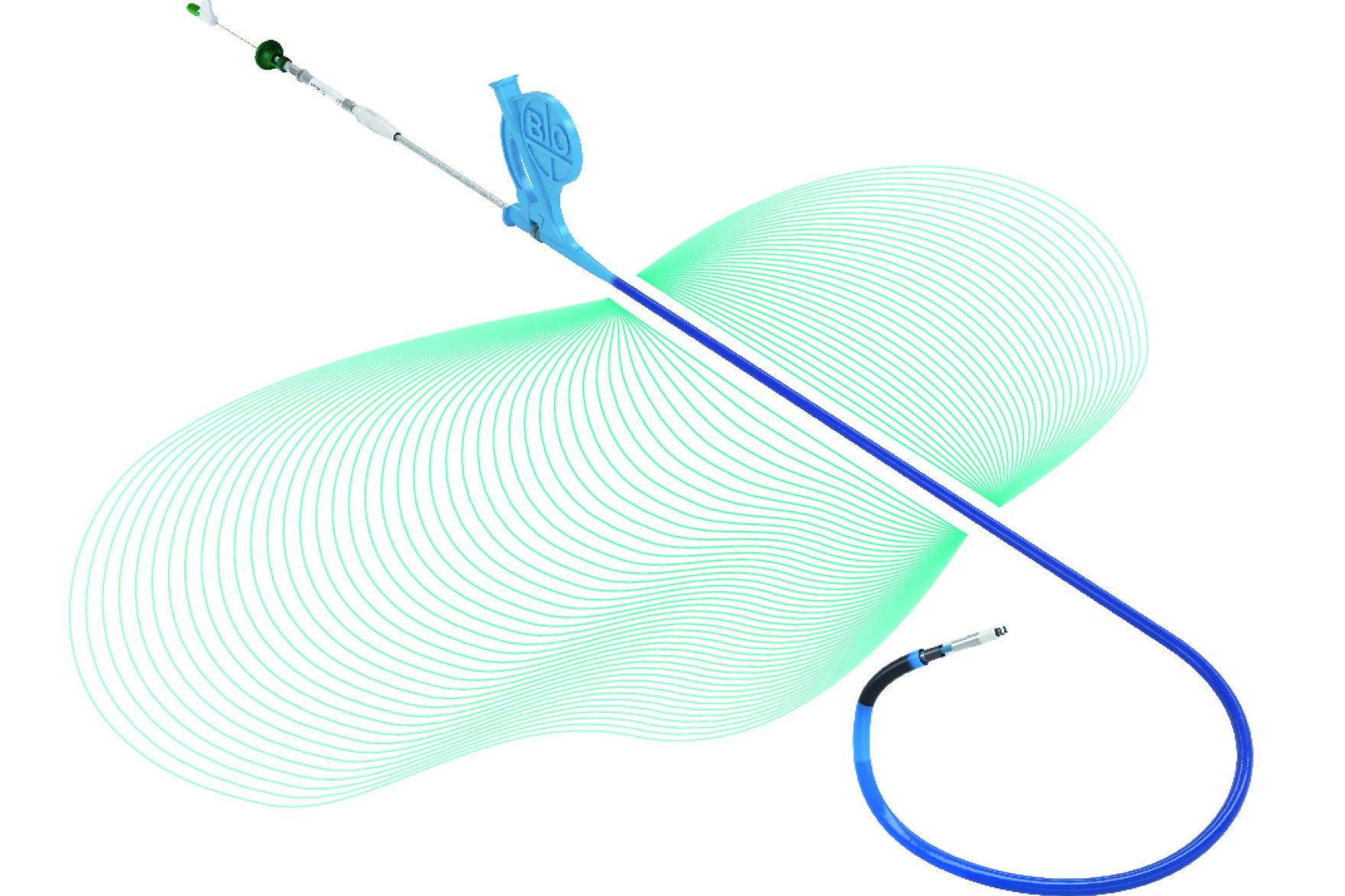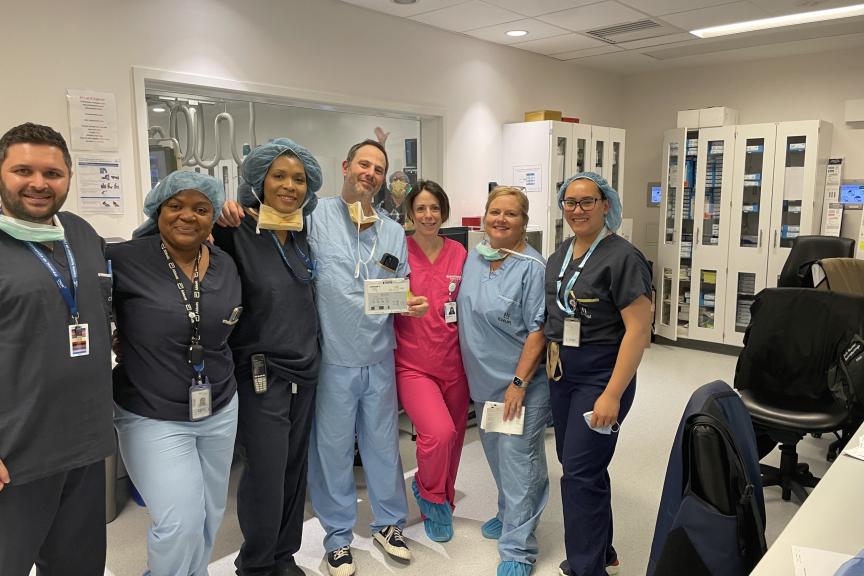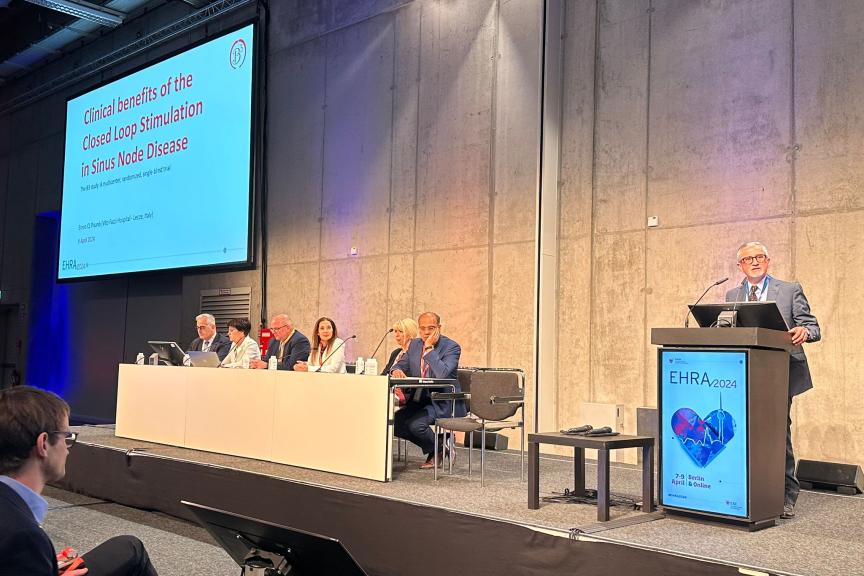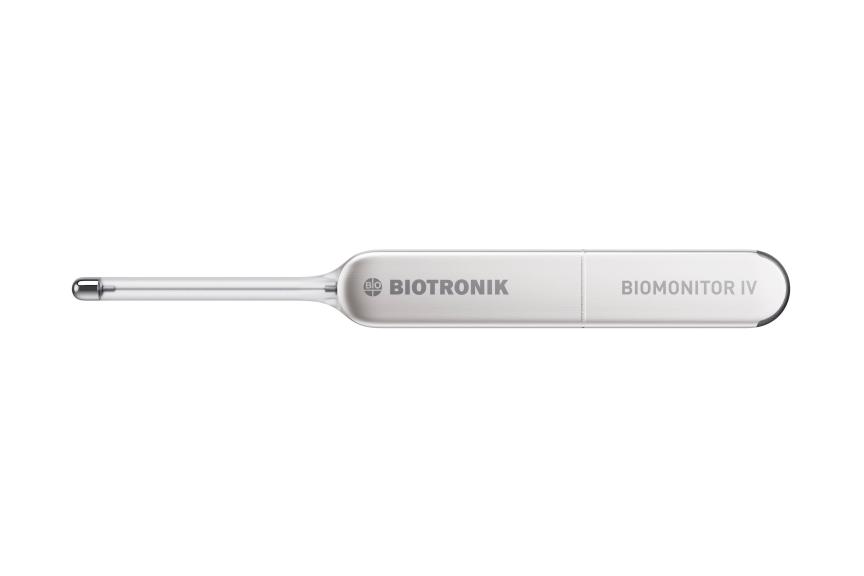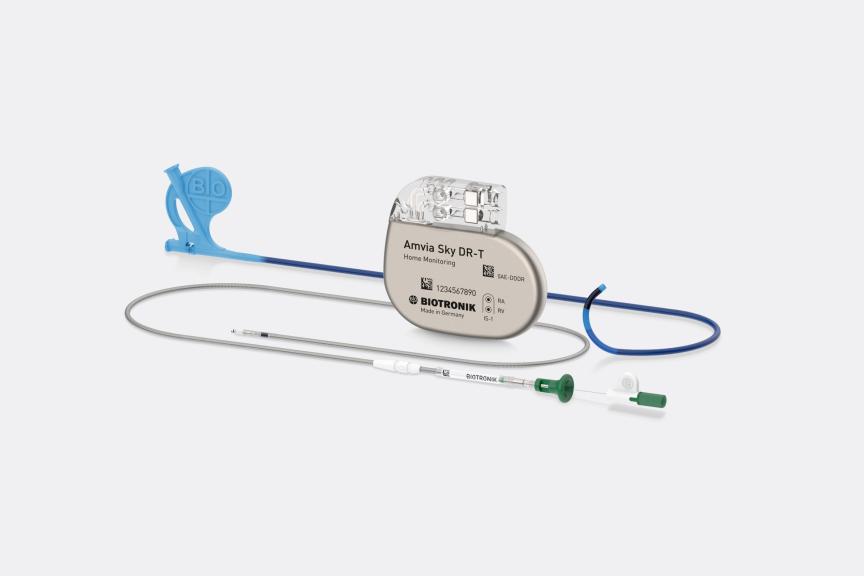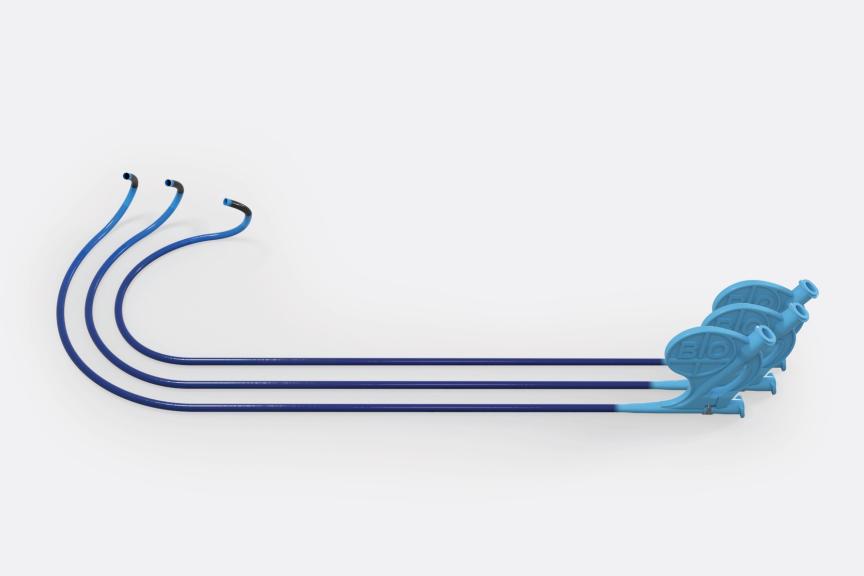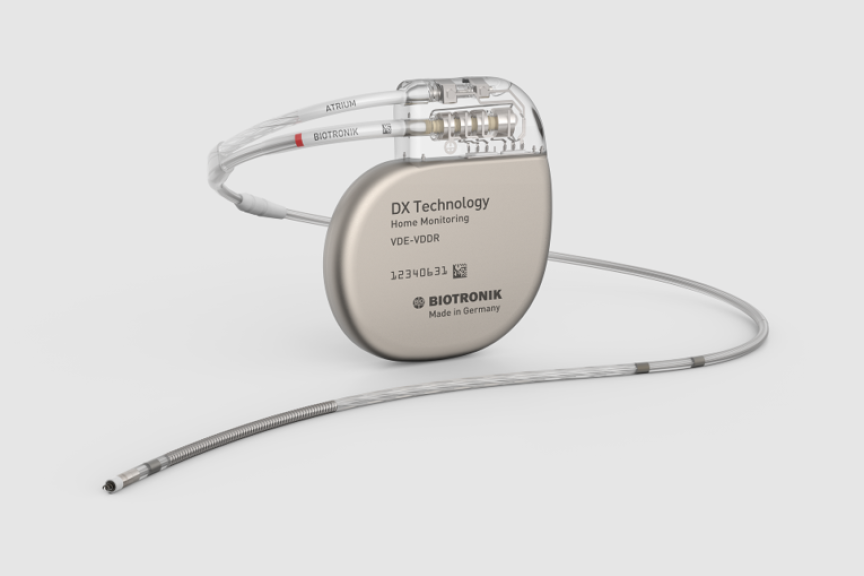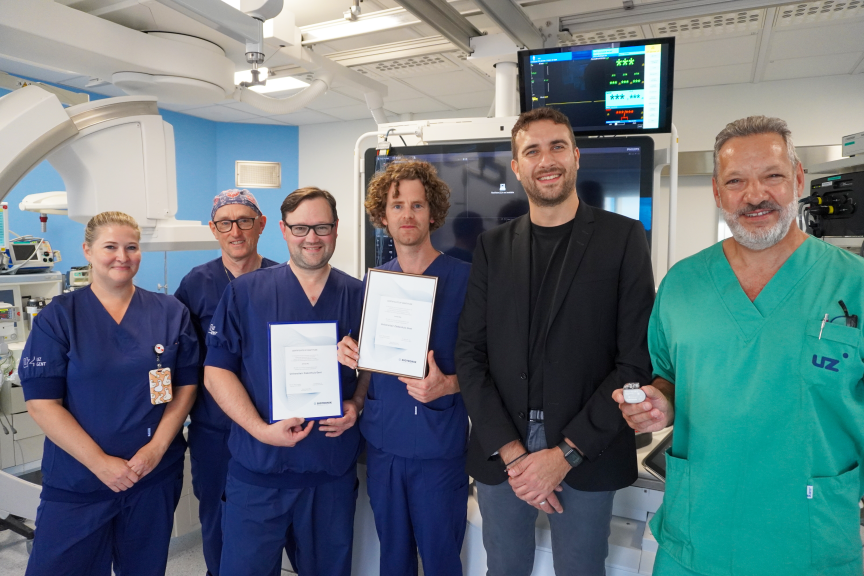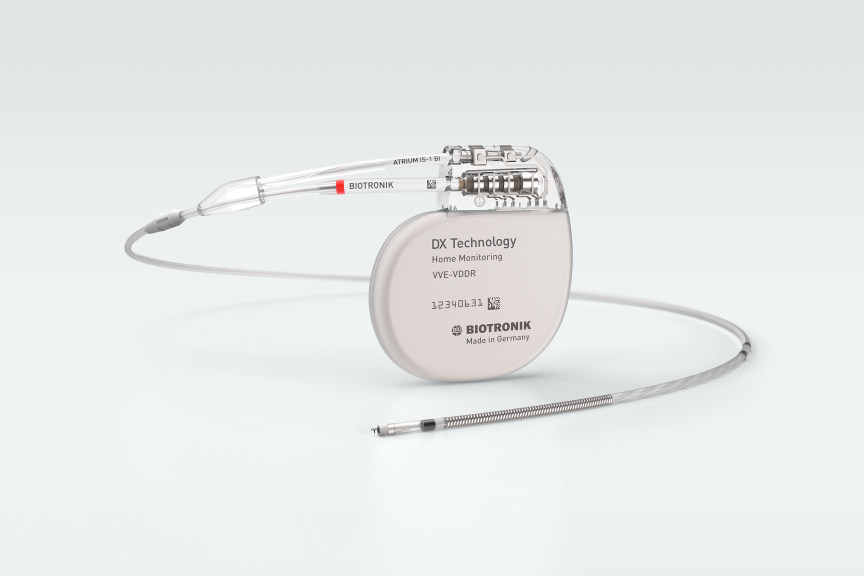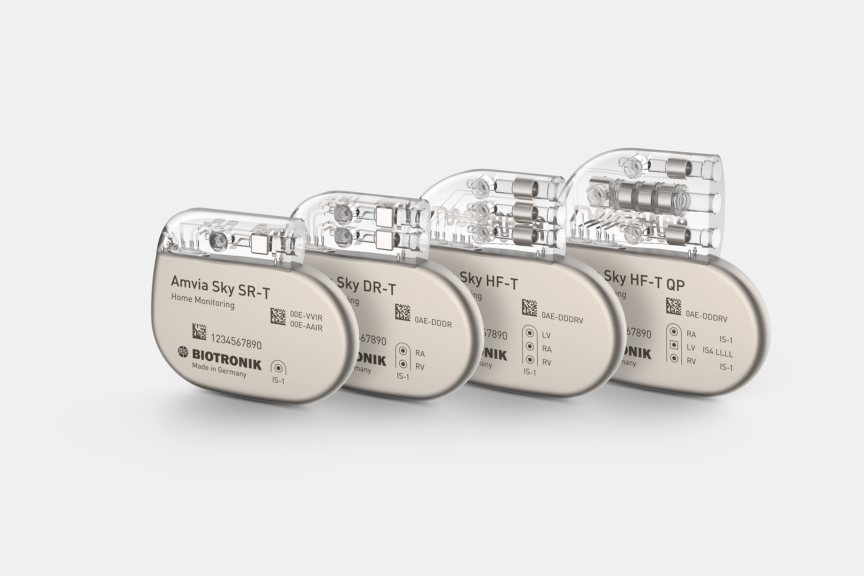BIOTRONIK Conduction System Pacing Tools Received CE Mark for Left Bundle Branch Area Pacing Multiple studies show that BIOTRONIK conduction system pacing tools can reliably support left bundle branch area pacing procedures, providing physicians with more treatment options for pacing indications.
BIOTRONIK announced today that it has received CE approval for the Selectra 3D implant tools to include left bundle branch area pacing (LBBAP) in addition to His-bundle pacing (HBP). Commonly referred to as conduction system pacing (CSP) these two approaches have emerged as a physiologic pacing alternative to avoid dyssynchronous contraction of the heart which can induce various negative long-term effects for patients.1-3
Approved in 2021 for HBP, Selectra 3D’s safety and effectiveness for CSP has been shown in over 10 studies with more than 1,000 patients. In the multi-center Belgium registry that enrolled 353 patients in eight centers, the use of Selectra 3D for LBBAP showed 95% implant success, low pacing thresholds (0.6 +/- 0.4V at 0.4 ms) that remained stable at 12 months, and a low lead revision rate of 1.4%.4 “With this study we were able to show that left bundle branch area pacing using BIOTRONIK tools is a safe and reliable treatment option. It is associated with high implant success, low pacing thresholds and high safety profile,” commented the leading study author Prof. Dr. Jan De Pooter, Cardiology and Electrophysiology at the University Hospital Ghent, Belgium.
BIOTRONIK CSP tools include an extensive portfolio of catheters with nine distinct length and curve options that adapt to different patient anatomy. The effectiveness of these different variants was confirmed in a previous study5 showing that the 55mm curve fits for most anatomies, the 40mm curve allows to reach more proximal septal targets, and the 65mm curve more distal septal targets in dilated hearts. Enabling more choices for different patient anatomies, Selectra 3D supported over 90% of CSP procedures successfully. The electrical parameters were optimal at implant and remained stable over a median follow-up of 178 (34-402) days.
“Both clinical practice and intensive scientific research show the growing role of conduction system pacing. With our extensive CSP product line, we provide the tools that can benefit millions of patients in need of cardiac pacing,” said Dr. Andreas Hecker, President CRM/EP at BIOTRONIK.
-END-
References:
1. Tse, Hung-Fat; Lau, Chu-Pak (1997): Long-Term Effect of Right Ventricular Pacing on Myocardial Perfusion and Function. In Journal of the American College of Cardiology 29 (4), pp. 744–749. DOI: 10.1016/S0735-1097(96)00586-4.
2. Sweeney, Michael O.; Hellkamp, Anne S.; Ellenbogen, Kenneth A.; Greenspon, Arnold J.; Freedman, Roger A.; Lee, Kerry L.; Lamas, Gervasio A. (2003): Adverse effect of ventricular pacing on heart failure and atrial fibrillation among patients with normal baseline QRS duration in a clinical trial of pacemaker therapy for sinus node dysfunction. In Circulation 107 (23), pp. 2932–2937. DOI: 10.1161/01.CIR.0000072769.17295.B1
3. Nielsen, Jens C.; Kristensen, Lene; Andersen, Henning R.; Mortensen, Peter T.; Pedersen, Ole L.; Pedersen, Anders K. (2003): A randomized comparison of atrial and dual-chamber pacing in 177 consecutive patients with sick sinus syndrome. In Journal of the American College of Cardiology 42 (4), pp. 614–623. DOI: 10.1016/S0735-1097(03)00757-5.
4. De Pooter, Jan; Ozpak, Emine ; Calle, Simon ; Peytchev, Peter ; Heggermont, Ward; Marchandise, Sebastien; Provenier, Frank, Francois, Bert; Anne, Wim; Pollet, Peter, Barbaud, Cynthia, Gillis, Kris, Timermans, Frank; Van Heuverswyn, Frederic; Tung, Roderick, Wauters, Aurelien; lePolain de Warous, Jean-Benoit (2022): Initial experience of the left bundle branch area pacing using stylet-driven pacing leads: A multicentre study. In J. Cardiovasc Electrophysiol (7), pp.1540-1549. DOI:10.1111/jce.15558
5. Marcantoni, L; Centioni, M; Pastore, G ; Baracca, E ; Marsiglia, S ; Fornasaro, M ; Pigalani, C ; Cappato, E ; Manzato, E ; Zanon, F (2022): Conduction system pacing with Selectra 3D Sheath: Technical Results. In EP Europace (24) Supplement 1. DOI:10.1093/europace/euac053.442
Disclaimer: BIOTRONIK CSP tools are not currently approved for conduction system pacing in the United States. Content not intended for US healthcare providers.
More information:
Find out more about Selectra 3D on the BIOTRONIK website
About BIOTRONIK:
At BIOTRONIK, patient well-being is our top priority and has been for 60 years. BIOTRONIK is a leading global medical technology company with products and services that save and improve the lives of millions suffering from heart and blood vessel diseases as well as chronic pain. Driven by a purpose to perfectly match technology with the human body, we are dedicated innovators who develop trusted cardiovascular, endovascular and neuromodulation solutions. BIOTRONIK is headquartered in Berlin, Germany, and is represented in over 100 countries.

